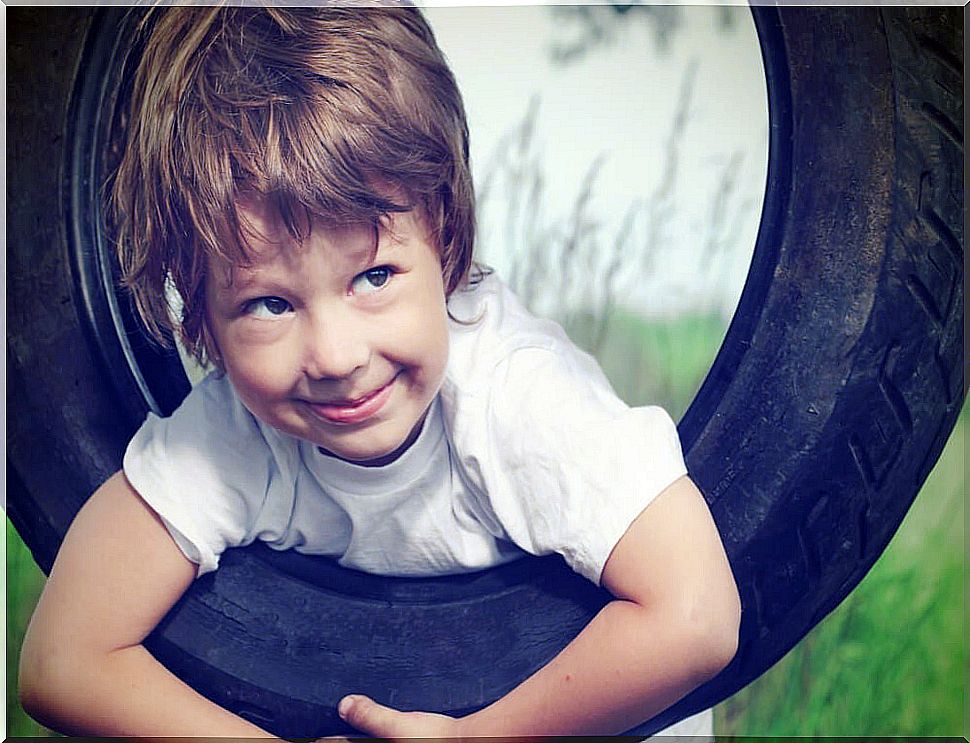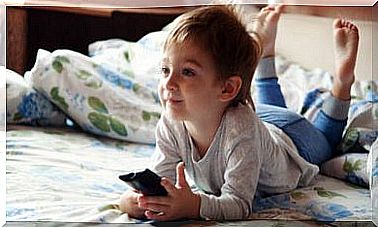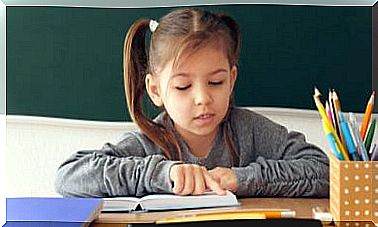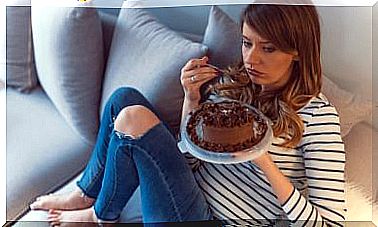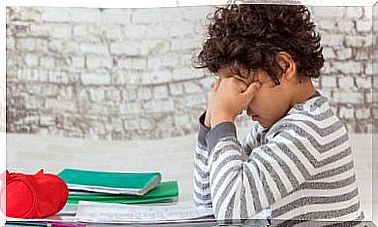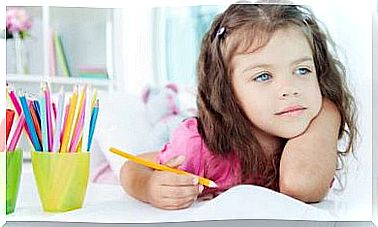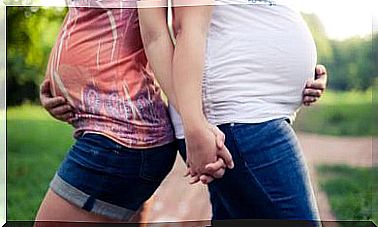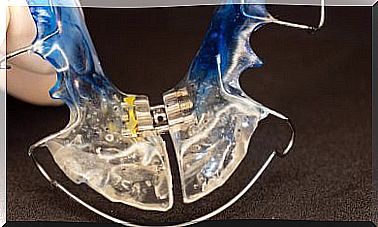Symptoms To Know If Your Child Has Celiac Disease
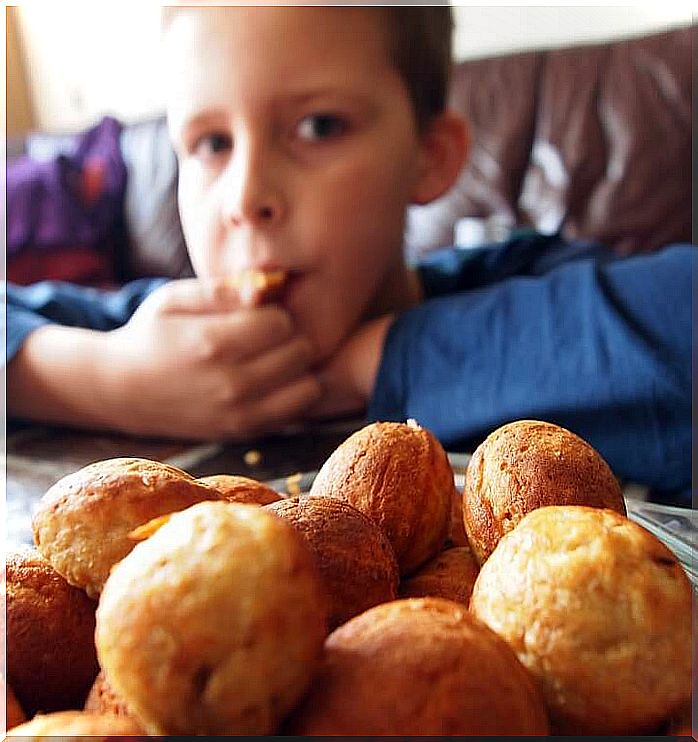
When babies start complementary feeding, some begin to feel sick and cannot tolerate some foods. That is why it is very important that we can distinguish what the symptoms are to know as soon as possible if our child is celiac or not.
Celiac disease causes inflammation of the intestinal mucosa when it comes into contact with gluten, which is a protein found in most cereals such as wheat, rye or oats. When a child is diagnosed with celiac disease, it is necessary to avoid consuming any product that contains this protein, as stated in an article published in the journal “The Journal of Allergy and Clinical Immunology”.
You have to know that there are also cereals that do not contain gluten such as corn, rice, sorghum and millet. These cereals can be taken by celiac children and are usually the first to be included in their diet.
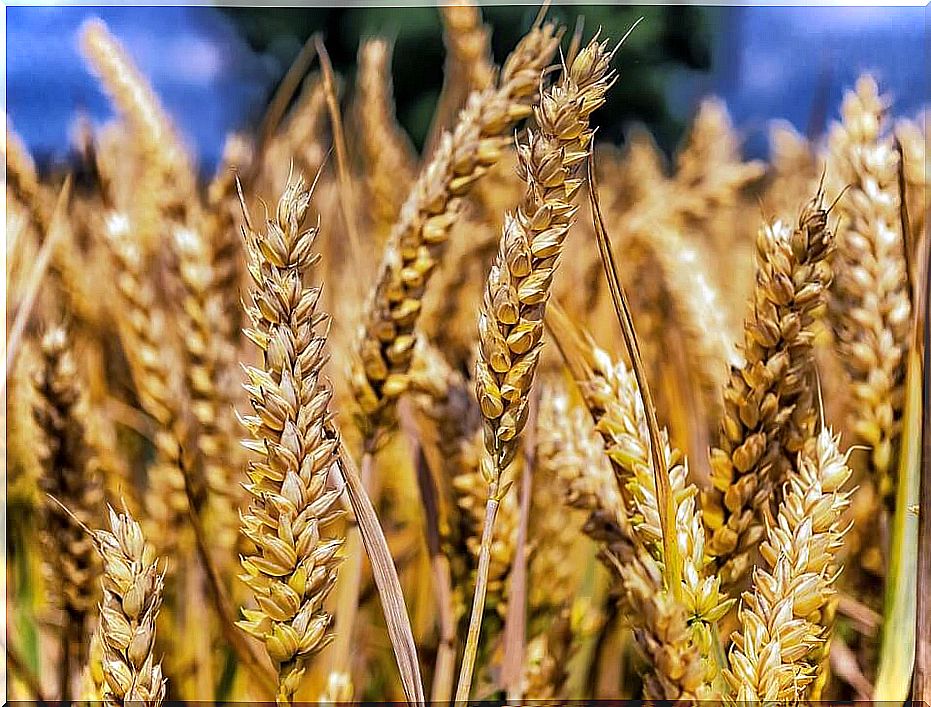
Detect that a child is celiac
It is usually detected that a child has celiac disease when complementary feeding is started and foods other than milk are introduced. One of these foods is cereal porridge. It starts with gluten-free porridges and then those with gluten are introduced.
Celiac disease can be detected at any age but it is usually done between 6 months and two years and usually within two or three months after starting gluten consumption. Sometimes many adults find out that they have celiac disease when their children are diagnosed.
Keep in mind that it is not usually an immediate reaction as occurs with allergies, as in the case of eggs or nuts, but is usually slow. Once it is detected that a person has celiac disease, they must stop taking gluten for life.
If you think that your child may be celiac, it is best to go to the pediatrician to diagnose the disease. Celiac disease is not a gluten allergy. The doctor will also tell you what to do if your child suffers from this disease. It is important that they do the tests and give you a sure diagnosis because the symptoms may correspond to other pathologies.
The symptoms
Children can present different symptoms but the most common are nausea, vomiting, diarrhea, low weight or growth problems among others, as stated in an article published in the journal “BMC Medicine”. Your pediatrician will surely do tests to detect it if you report any of these symptoms, which are the most common.
Celiac children have to avoid foods that contain gluten. For this reason you will have to look at the labeling of the products when you buy the food.
A few years ago it was very difficult to find gluten-free products, but today many foods include the warning in the list of allergens. There are also some brands specialized in gluten-free products and associations such as Madrid that can inform you. You can also contact parents of children with celiac disease online to exchange opinions and doubts.
If any of the child’s parents suffer from the disease, there may be a genetic predisposition that your children are celiac and it would be good to also test the siblings in case they have this condition.
To keep in mind!
The most important thing is that if the pediatrician confirms that your child has celiac disease, do not make a tragedy of it. He thinks that the best thing that could happen to him is that he was detected early so that he could avoid foods with gluten and no longer have any more disorders or problems.
Nowadays there is a lot of offer in the market of gluten-free products including pizza, cakes or cookies and you can even make meals at home. Of course, you have to remember to notify the school dining room and family and friends when they are with him for snacks, birthdays or parties.
The best thing is that the child himself with age becomes aware of the products that he can and cannot eat and to look at the labels when it comes to a new food. At present there are many children who are detected a pathology of this nature throughout their childhood and who live a totally normal life.
